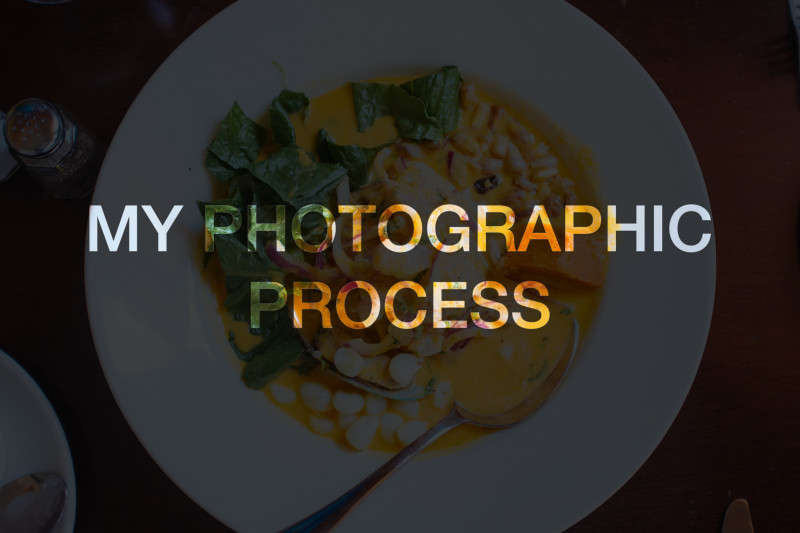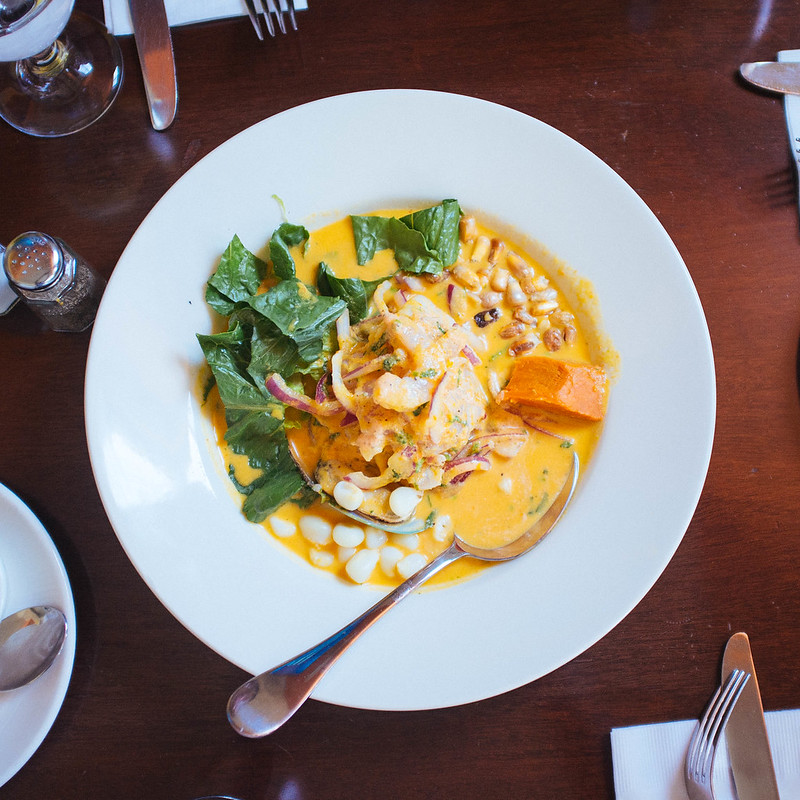My Photographic Process

People often ask me my opinion on photography. It must be because of this blog or the fact that I’m often seen with a camera around my neck. I get questions about the camera I take the photos on, the software I use in post, and even the places I post my photos.
A few days ago, while slowly going through my backlog of photos (I’m 6 months behind. Hopefully I can catch up to the present soon!), I came across some photos from a day trip I took with Dustin and Kailing. We had lunch at a Peruvian restaurant and then took a short hike at Mori Point in Pacifica. At the end of that trip, I only had 4 decent photos. That’s not enough for a full post. So, I have decided to include those pictures and also talk about my photographic process in the same post. Coincidentally, these photos also happen to be some of the last photos I took with my Fujifilm X100 before I sold it this summer.
The Gear
If you have been reading this blog for at least a few years, then you know I don’t like talking about gear. It’s usually not the most important or even the most interesting topic. Despite that, I do find talking about gear interesting when its design forces us to interact with it in a completely new way.
That’s the case with my camera setup at the moment. I have a Voigtländer Nokton 40mm f/1.4 M-Mount (Leica Rangefinder mount) lens mounted on a Sony a7 full frame camera via a Voigtländer VM-E Close Focus Adapter.


All that might sound like some model number mumbo jumbo to you, but they mean one simple thing: manual focus on a compact full frame camera. You get the tactile, manual focus experience similar to rangefinder cameras while still retaining all the good stuff you get in a modern digital camera. If you’re curious, I’ll further explain in a future post why I sold my old gear and gave up autofocus, multiple focal lengths, etc.
I would suggest trading in your current camera for something that leaves more control in your hands. For me, photography went from feeling a little like a video game to feeling completely visceral and tangible. My setup has brought me closer to the art of photography.
However, I need to remind you though that the best camera is the one that’s with you, not the shiny new one you saw online. Falling into the rabbit hole of gear acquisition can not only be expensive and time consuming, but also dangerous. Try to avoid it.
Post-Processing
With the increasing popularity of Aperture, Lightroom, Instagram, etc., post-processing (post) has become much more mainstream. Simply uploading a photo as you took it on your camera is no longer enough. Photographs need to be imbued with the creative energy of the photographer, and post is the way that many accomplish that.

I use Lightroom to catalog and process all the raw files from my camera. If you don’t know what Raw is, I’d suggest that you first learn about it before coming back to read the rest of my post.
At first, I used Aperture. That was back when it was in version one and I still had my 2007 (first generation) MacBook Pro. Unfortunately, Aperture didn’t perform well; So, I switched to Lightroom. Now that at least 95% of my photos are in Lightroom and I have a Creative Cloud subscription, I don’t see a reason to go back.
I take a very film-centric approach to post. I use presets that emulate film; My favorites are from Visual Supply Co (VSCO). They aim to take the raw photos from your particular camera (they have different presets for all major manufacturers) and transform them to look like photos taken on classic films. If you follow me on Instagram, you have probably seen me use the #VSCOcam hashtag. It comes from their excellent VSCOcam application. I like its filters better than Instagram’s; and, it has manual controls that Instagram only recently added. That’s enough about the app, let’s get back to VSCO presets in Lightroom.
My approach when choosing presets is extremely simple. I just imagine the particular film I would have used to take a photo if I was actually shooting with a film camera. It could be Kodak Tri-X black and white film if my shots were closer to street photography or Ilford Delta for night shots. In the case of the photos in this post, I chose Fuji Velvia, a popular slide film often used for landscapes.
Uploading
There are many sites to upload photos to like 500px, SmugMug and even deviantART. My site of choice is Flickr. I have been using it since 2005 and am on their Flickr Pro unlimited plan. Flickr was the original social network, and it still counts many of the best photographers in the world as members. Sure, it may have stagnated for a while after Yahoo purchased it, but it has been given a new lease on life after Marissa Mayer took the helm at Yahoo. I may switch over to one of its more modern competitors some day, but it is really hard to beat having one site that spans my entire photography career.

Delicious Ceviche at Mancora Cebicheria in San Mateo
Closing Thoughts
I hope this answers some of your questions and gives you some new ideas. If you have any suggestions, tips or questions for me, shoot me an email or contact me via social media.
Also, this flow I have detailed is only my process when using a dedicated camera. In the past few years, I have found myself sidestepping this altogether by shooting, processing and posting my photos all on my iPhone. Phone cameras have become much better and the whole end to end flow has become so painless that it could be the future of fields like photojournalism or street photography!